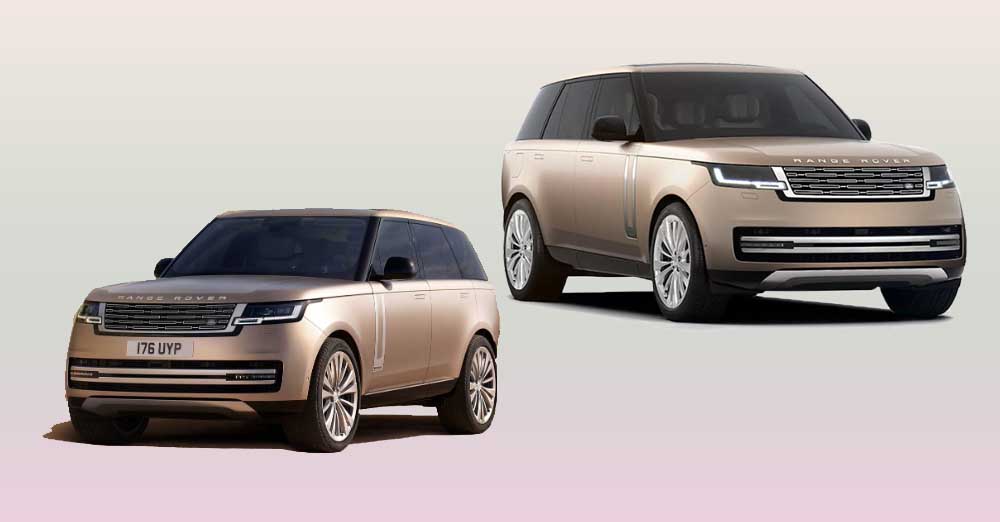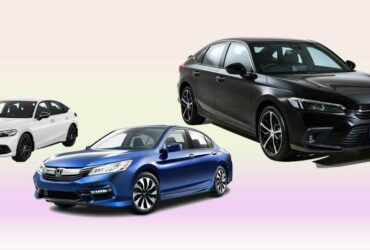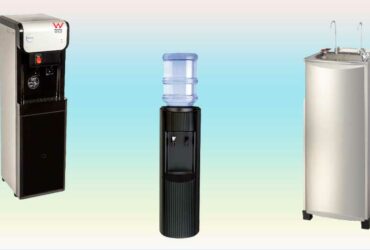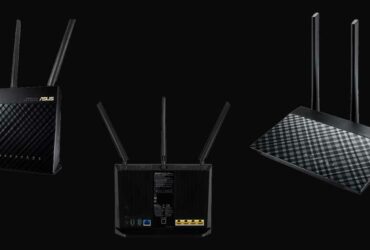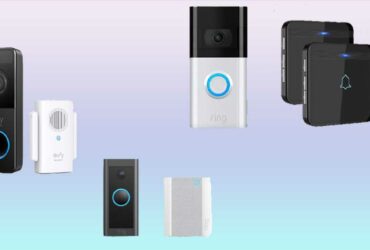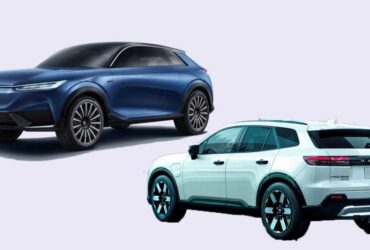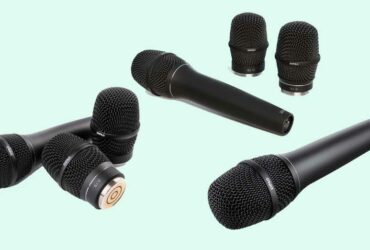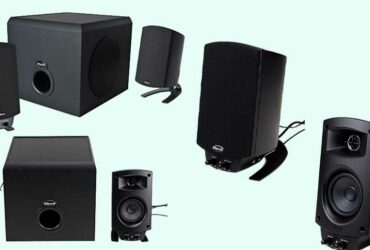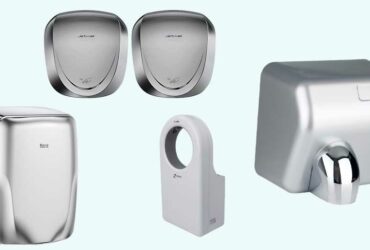The car that pioneered the premium SUV market has undergone a complete reskin and is powered by a BMW V8, with an EV on the way.
The fifth-generation Range Rover blends luxury on the road with off-road prowess.
The price range will be $95,150 to $159,550 when sales begin in the US.
Six-cylinder and V8 engines from BMW are the available first, with plug-in hybrids and complete EVs to follow.
The new 2022 Range Rover (the outgoing model is also labeled a ’22) sits on a new architecture, officially known as MLA Flex, and will launch with two engines in the US: the P400 has a turbocharged 3.0-liter inline-six with 395 hp, and the range-topping P530 will ship with a new 4.4-liter twin-turbo V8 in place of the venerable supercharged 5.0-liter V8 of the old car. The standard I6 will cost $95,150, and the P530 First Edition will cost $159,550.
We started at the top, with our first drive in Northern California in a P530 First Edition. From front and side the new Range Rover bears a strong resemblance to its predecessor, with the same lengthy rear overhang, fender vents, and gently falling glass line. Closer examination reveals differences, with narrower all-LED headlights, invisible door handles that motor themselves away when the car is moving, and a similarly sleek aesthetic in the seamless way glazing integrates into the door frames. At the back the new Range Rover feels more obviously changed, with narrow new taillights apparently linked by the full-width trim strip on the tailgate.

There is a less extreme vibe inside. It is spacious, beautifully polished, loaded with features, and for the first time in decades, Land Rover will have a non-leather trim option. There is no such thing as a luxury-feeling touchscreen, which is a problem that the company’s design team has run across along with the rest of the premium auto sector. There is no physical joy to be found in the use of the new 13.1-inch display, which dominates the center of the dashboard and is crisply depicted and delivers haptic resistance. Thankfully, it is still accompanied by traditional rotary temperature controls and a pop-up mechanical selection for the numerous Drive Select dynamic modes.
